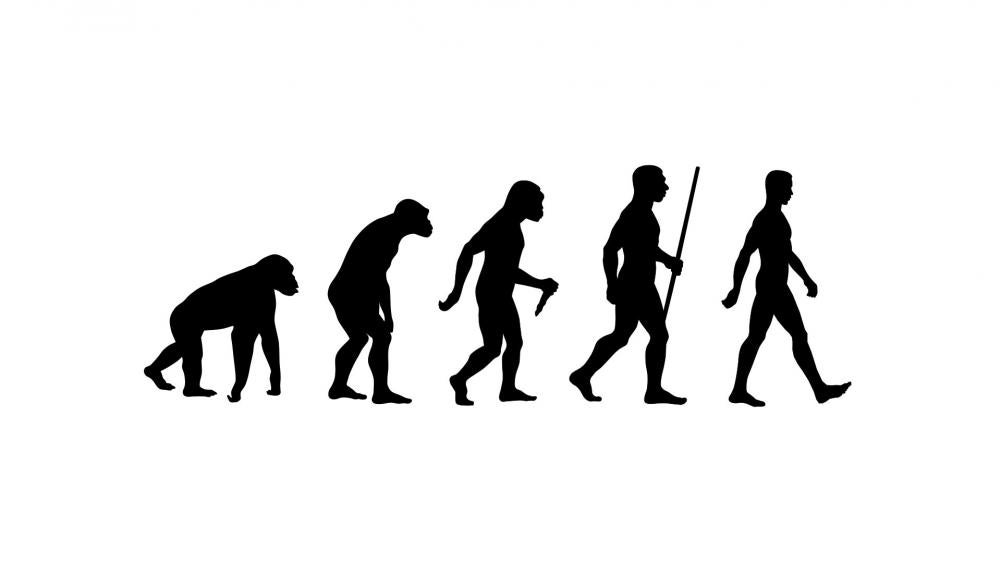A technique is never “just” a technique. And there can be quite a large chasm between technique-application “in the dojo” and as it pertains to the impactful bodies and intent-driven movement of combat or full-resistance. If you were to apply a technique gradually and smoothly with minimal chance of injury and not being negligent in class with students, classmates, training partners, instructors – what would you do to ensure their safety and continued training? If we reverse-engineer that process and ask ourselves what would be added if applying that same technique to a threat on the street…what would go into it that wouldn´t be for the precaution of safety? Of course, we can mention maximizing power, speed, full impact, follow-through and elements that are pretty transparent at the onset. But there´s much more that I´m referring to, much more nuance and micro-elements.
I was play-fighting with my son the other day and softly applying techniques with minimum strength and impact and it dawned on me that, even then, things could go wrong with a fluke, unpredictable body-movement, or knee-jerk reflex-action. While those things are present in the club, they are mitigated, controlled, anticipated but we often take them for granted as being “just a safety protocol” but they are actually the things in reality that make a thing “go”, implement cumulative damage, turn something from a technique into a termination, destruction, break, wrench, or impact.

A joint-lock becomes a break or hyper-extension. (Many times we tend to forget that a “joint-lock” in the club is a “joint-break” in intended reality. A wrap or 2-on-1 becomes a wrench. A disarm become a destruction or actual “dis-arm.” A push becomes an impact. , The presence of bumping, jerking, barriers and obstacles, pushing & pulling, tighter circles, pivot-steps and short, compact, subtle foot-movements. All can change the entire complexion of the application of a thing.
A stick-strike preceded by a handful of sand, dirt, or salt increases in landing exponentially. A knife set-up with misdirection and deception, live-hand distractions or “hypnosis” and geometric-pattern diversions, deception, serpentine motions of weapon or body or both, oddly-delivered angles, the presentation of depth-perception problems, weapon-“dressing” (barbershop-taping of the sticks to give a perceptive timing issues, black blades, flexible-extensions), awkward body-mechanics. Utilizing the “ergonomics” of a weapon to maximize its potential – unique grips (reverse, extension, quarterstaff, baseball-bat, etc.), often under-utilized points-of-usage (mid-section, puños, reverse puños, reverse, two-handed deliveries), methods of impact and delivery (elastic-recoil, kinetic-chain, isotonic-explosivity, etc.). Different weapon-types in each hand that enhance and reinforce the other. (As we see with the poncho in esgrima criolla visteos) Even footwork and eye-movement at a high-level become subtly-manipulative for unseen range-changes, angles and geometric shapes, switched-leads, and with subtle covert-clothing (baggy-pants, long shirts, hats to shield eye-intent). All these things super-charge a thing and increase its potential multi-fold, which we seem to often neglect in the club – or forget they exist. (Not to mention creating confusion, hesitation, and discombobulation in our opponent(s)) The idea becomes learning to counter a thing in its base-form as delivered in the club – which is not at all how it should, could, would be delivered if needed under-fire. And then countering-the-counter, where every layer becomes further and further away from truth and we become problem-solvers for non-existent problems or club-resolutionists.
Adding multiple levels of pain to overload the “punishment-system” and pain-receptors is another element highly-neglected. Varied forms of pain-application distract the mind and shut-down the senses in a manner where one would not or has learned to tolerate. A slap, palm strike, toe stomp, ear-cup make a joint-lock much more achievable. A lock or choke applied with an eye-attack, fish-hook, appendage-tear, knee-buckle, skin-twist, utilizing barriers or obstacles to limit movement and escape-possibility. A throw into the wall or onto a table is a force-multiplier. All of these make a simple “Hey, I know this move!” counter much more difficult if nigh-impossible.
Even accidental movements caused by panic, scrambling, unfamiliarity with technique hurting them – sometimes we can facilitate our own damage without knowing we´ll be doing so due to that unfamiliarity or innate survival-instinctive response. Sometimes “counters” or escapes, on the opposite end-of-the-spectrum, can surprisingly work on the same principles, our natural body-movement to escape or avoid pain are things never seen in the training environment. It´s why it´s so important to work with individual micro-movements, innate survival-skill responses, adaptability elements, natural body-movements, critical-thinking, unpredictable reflex-response, and pain-tolerance and -threshold in training. We learn not about the style, system, or art but about ourselves. How we move, react, flinch, recoil, and generally innately respond to a variety of situations. It is, quite simply, irreplaceable in the learning-matrix. We are not the systems, arts, or styles we train in. We are the users and appliers of those bases. They are designed to be manipulated, altered, even bastardized if required and I´ve said incessantly throughout the years that “I control the systems, they don´t control me” – often met with backlash, perceived disrespect, and loyalty to systemic-dogma. ( https://blog.mandirigmafma.com/index.php/2018/11/14/in-fight-micro-movements/ )

Obstacles in the environment, unpredictable elements present (witnesses, onlookers, 3rd-party participants, moving agents like cars/motorbikes/bicycles/people). Even yelling, kiais, low-growling, and releasing that animalistic ferality. Clothing manipulation. The adept, application-driven, testing agent understands these things and has long learned that these “gap-fillers” are what makes the deep-understanding of technique go. As much as they can work AGAINST us and are often considered a potential-hazard to function, they can also work FOR us based on the same criteria, especially to the open-, active-, and perceptive-mind. The two work in-unison to heighten percentages and give greatest chance of success. One without the other is lacking. Deep-understanding of the outer-reaches of technique, tactic, and strategy and their most-appropriate application, coupled with “filling in the gaps” to prevent “pain-relief” (temporary or permanent) or applying the reverse transitionary damage is the high-level part. Being “good” at the technique itself is the tip-of-the-iceberg. Just because you´re good at a thing doesn´t mean you can apply it three-dimensionally, in diverse contexts, or with an understanding of human physiology, anatomy, and response.
The inevitable goal, and this seems to often be over-looked, is damage, not control. (Most of us are not violence-professionals where legal, occupational-protocol, and willing involvement in violent-situational issues are present. If purely “self-defense” or with clear mission-statements being true and pure, not violence-mongering or provocateurs – this is important to acknowledge, no small thing.) Our aim is not control – control is fleeting, temporary, transitory, and momentary, a means to an end but NOT the end itself. People adapt to control, learn to manage it and continue functioning, understanding how to resist it. Damage is momentarily-finite and starts chipping-away at resolve. Ceasing of biomechanical-function, the need for medical-repair or management, the entrance of shock-and-awe, a needed thing no longer working. These are things that have a profound effect of nullifying the threat both physically and emotionally, mentally, and spiritually. If the will becomes lacking, hesitant, or self-doubting, it also creates macro-cumulative-damage.

In closing, each of these independent areas is worthy of a full article unto itself so I gloss-over intentionally. However, the main point to take away here is that, while we so often regurgitate the “what happens in the club doesn´t happen in the streets”, I´m not sure the full-extent of that differentiation and the elements entailed are often fully-explored. Nor the nuance understood. Nor how the ideas of resistance, play, 3-dimensional scenarios where adapatability, criticial-thinking, resilience, and problem-solving and their cultivation are so much more than just “Dude, if you´re not sparring, you´re not really martial!” There is a multi-faceted personal-growth element present where individual truly supersedes system. Where high-level independent skill is bred. Where understanding nuance and intricacy replaces regurgitation.
Where real learning takes place.


/CharlesDarwin-5c2c3d7e46e0fb0001a343e3.jpg)

